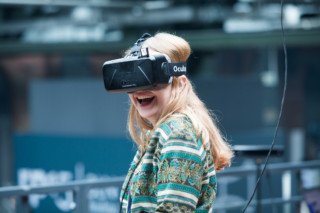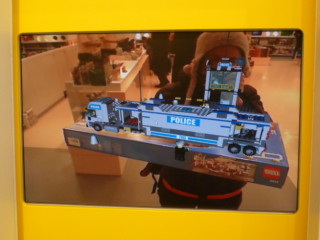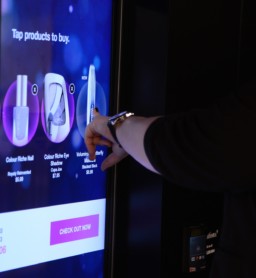We used to look at friends askance when they turned on their TV console to dive into an unreal world. Nerds. Today, virtual and augmented realities are the future of retail. And thanks to our smartphones, we’re always at the edge of reality anyway. Because 87 percent of us use our mobile phones to search for products and get information about them before we go shopping. 79 percent even use them while shopping, and more than a third tell the world about their shopping trips afterwards by sharing their experiences with others online. So it only makes sense for retailers to link their offers even more through smartphones, tablets and virtual reality glasses as a way of creating new shopping experiences.
What’s special about future developments, which is already becoming evident today, is the use of virtual reality (VR) or its younger sibling, augmented reality (AR). While VR simulates the entire store location, AR mixes the real world with the unreal world. There was a perfect example of this in 2016: Pokémon Go. The trend also indicates customers’ willingness to accept such new offers – and studies have proven this. Almost half of more than 1,000 people surveyed between the ages of 19 and 49 said they were “very interested” in VR. Even Goldman Sachs is projecting big profits for the industry as a whole. The market is expected to be worth $80 billion by 2025 – that’s less than ten years away. That would be comparable to today’s desktop PC market.
Without the VR app, people see an empty car park. Activate the app and the entire supermarket can be virtually explored.





